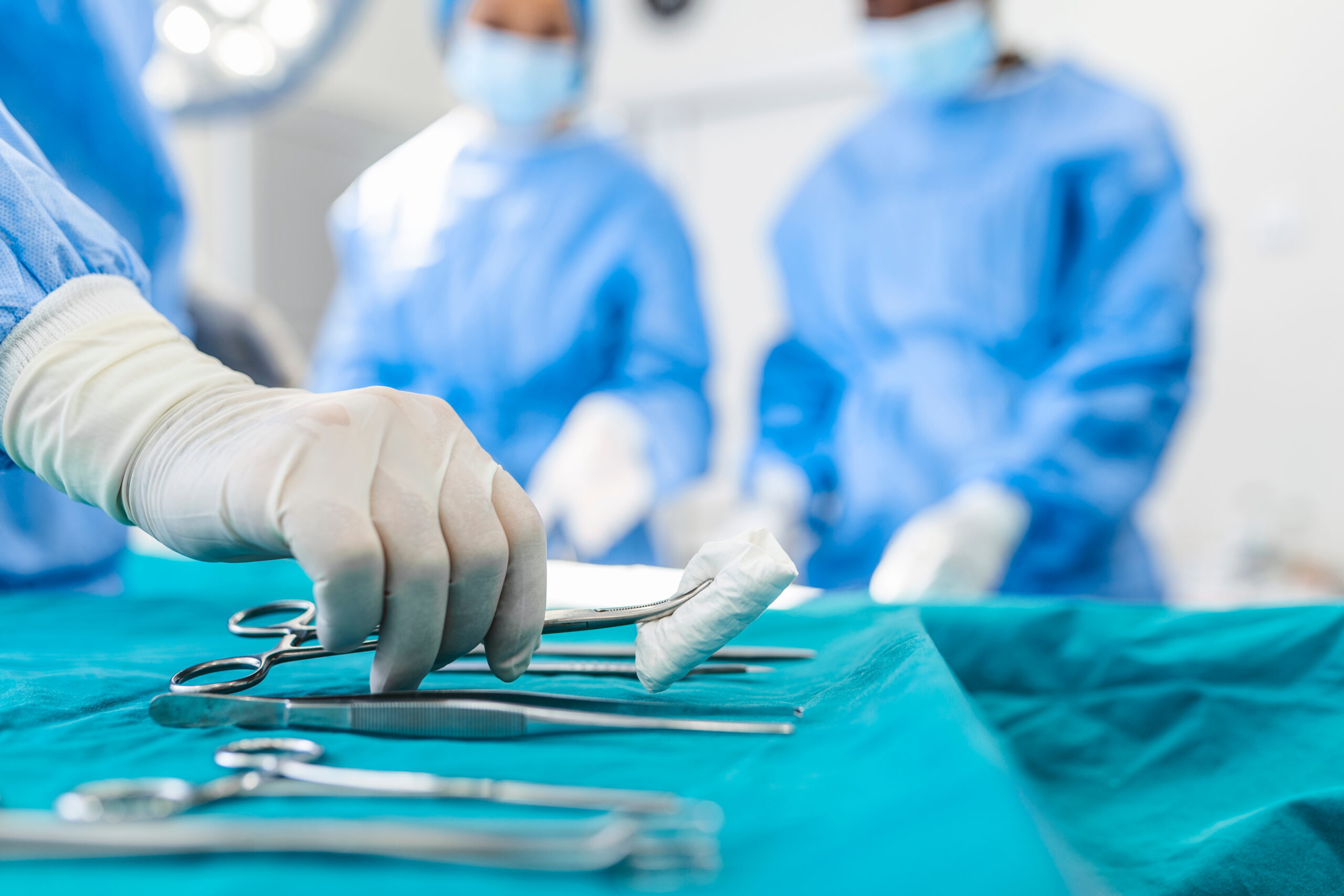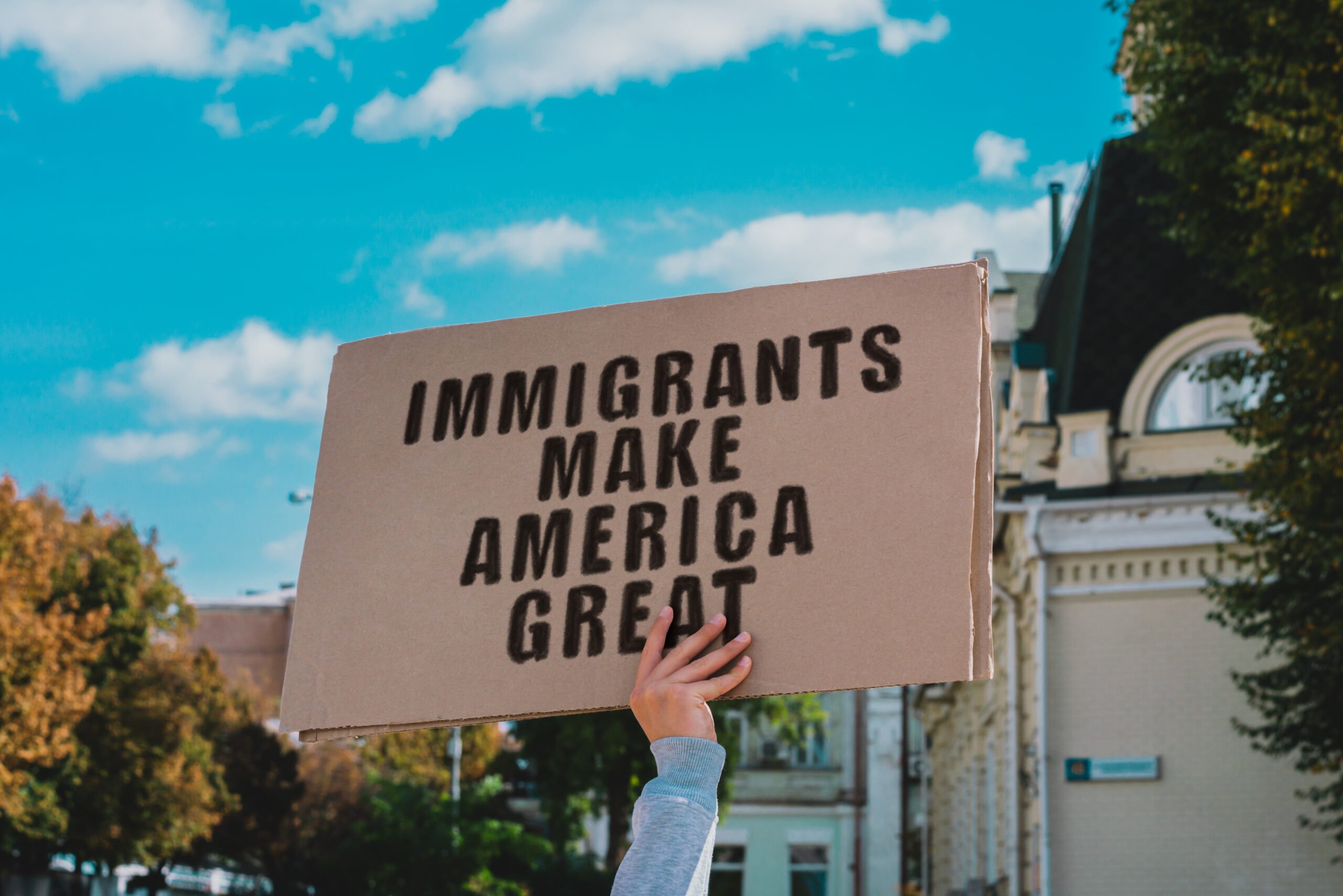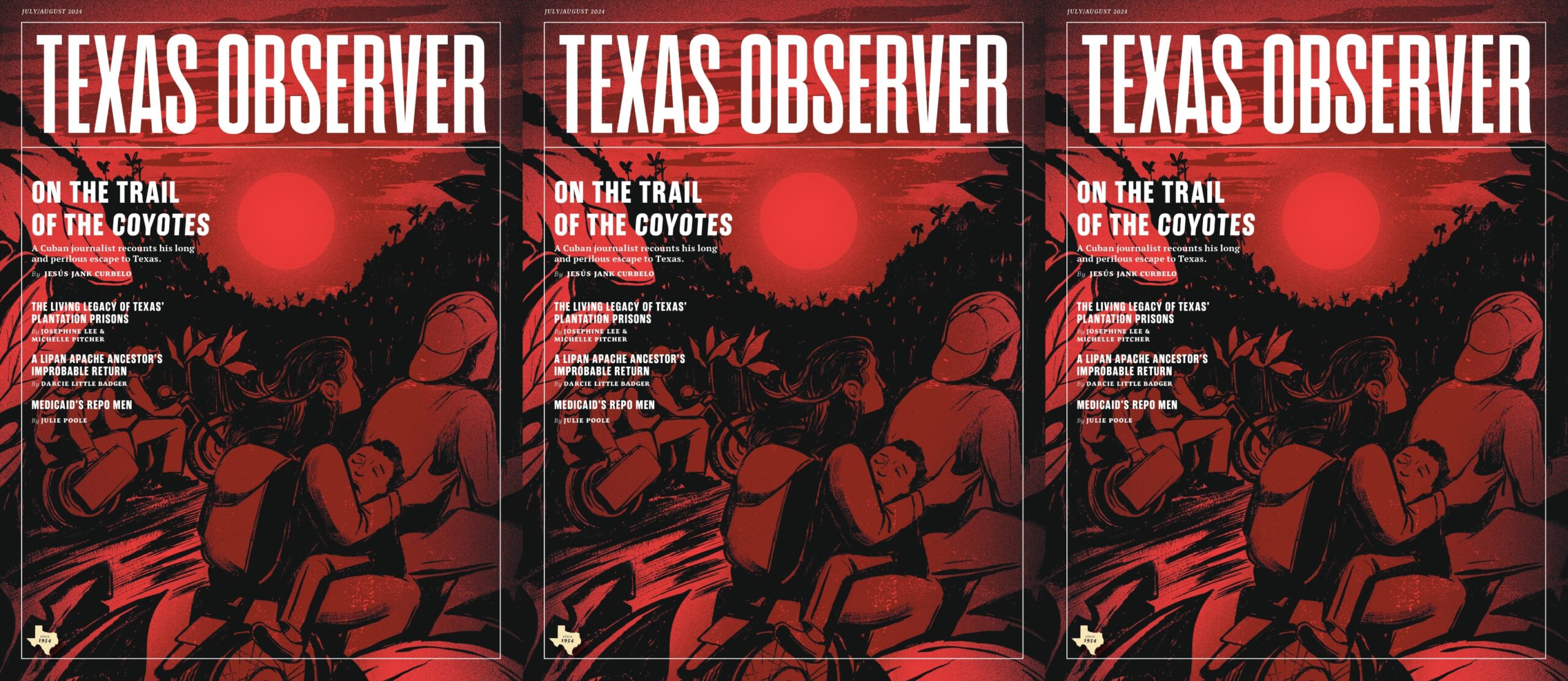
Corpses of Poor, Black and Vulnerable Frequently Sent to Medical Schools for Dissection
Between 2017 and 2021, the number of unclaimed bodies used in teaching increased nearly sevenfold.
Originally published by The Conversation. Subscribe to their newsletter here.
Every year, first-year medical students approach their human cadavers with a mixture of awe and trepidation. They will come to know their assigned cadaver intimately. During the course of their studies, they will carefully pull back layers of skin, muscle and tissue as they learn the fundamentals of human anatomy.
When the long process of dissection is complete, the cadavers are cremated, with the remains returned to family, interred in a dedicated plot, scattered in a memorial garden or sometimes buried at sea.
Historically, anatomy laboratories relied on unclaimed bodies or executed prisoners, and even resorted to grave-robbing to meet the growing demand for cadavers. Today, while we’d like to believe every cadaver on the slab has been donated knowingly—and indeed, thousands of Americans will leave their bodies to science every year—the reality is more complicated.
In the United States, when a deceased person’s assets are insufficient to cover the cost of burial or cremation, and next of kin are unable or unwilling to shoulder the financial burden, it falls to the state or county in which the person died to arrange for the disposal of their remains.
In most parts of the country, government officials are permitted to donate these unclaimed bodies to institutions of higher education, with no legal requirement for prior consent from the deceased or their next of kin. In 2019, 12.4 percent of surveyed U.S. medical schools indicated possible use of unclaimed bodies at their institutions.
As a professional medical ethicist, I was surprised when I learned in 2021 about the continuing use of unclaimed bodies in medical teaching, and I set out to discover the extent to which the practice occurred in Texas, where I live and work. Those efforts culminated in a peer-reviewed, comprehensive study on cadaver procurement trends within a single state, and what our research team found was alarming.
Between 2017 and 2021, the number of unclaimed bodies accepted by Texas medical schools increased nearly sevenfold. It rose from 64 to 446—going from 2.27 percent of all donations to 14.12 percent—over five years.
Money plays a role
Budgetary pressures have likely played some role in driving these trends. In the United States, the average cost of a no-frills cremation is currently around $2,000. Some states or counties offer burial for unclaimed bodies if there is reason to believe the deceased wouldn’t want cremation, such as for religious reasons, but it is a more expensive option, with the money coming from the county or state budget.
The average cost of a no-frills cremation is currently around $2,000.
Not only do medical schools cremate the bodies they accept without charge, but many also offer discount-rate cremation for bodies that are offered but do not meet their requirements for human cadavers.
In densely populated areas with a greater number of unclaimed bodies, these savings can add up. Tarrant County, Texas—home to the city of Fort Worth—has saved hundreds of thousands of dollars each year through its agreement with a local medical school.
Ethical controversies
Concerningly, medical students are sometimes kept in the dark about the use of unclaimed bodies at their own institutions.
Mary Peeler, who graduated from the Johns Hopkins University School of Medicine, learned from a teaching assistant that her cadaver had been an unclaimed body only after she had already begun the process of dissection.
“I still grapple,” she wrote in the New England Journal of Medicine, “with the guilt of having dissected a man who may have wanted to rest in peace.”
“I still grapple with the guilt of having dissected a man who may have wanted to rest in peace.”
What little we know about the demographics of unclaimed bodies suggests that they are more likely to be male, more likely to be African American and more likely to have been poor or unemployed prior to death than bodies that are claimed by next of kin. Some who have spoken out have emphasized that it is disproportionately society’s most vulnerable members who may be dissected without consent.
The International Federation of Associations of Anatomists has released professional guidelines calling for anatomists to stop using unclaimed bodies, and a handful of medical schools have independently decided to no longer accept them. Oregon Health & Science University, for example, stopped taking unclaimed bodies in 2009 after the sister of a man whose remains were mistakenly donated to the university came forward.
Bans on the use of unclaimed bodies
If the use of unclaimed bodies is on the rise in Texas, is the same thing happening elsewhere? For now, we simply do not know. The donation of unclaimed bodies remains legal in the majority of U.S. states, although there are some outliers.
In 2016, New York banned the use of unclaimed bodies without written consent from the deceased or their next of kin, a move that faced strong opposition from the state’s consortium of 16 medical schools. A few other states, including Hawaii in 2012 and Vermont in 2014, have passed similar pieces of legislation.
In 2021, I chose to donate my own body to science. Signing the paperwork attesting that I was of sound mind and fully informed about my decision required a half-hour of my time and the presence of two witnesses. It is unsettling that many Americans may have made that exact “donation” without ever having had to put a pen to paper. Instead, all they needed to do was die poor and alone.
This article is republished from The Conversation under a Creative Commons license. Read the original article.



